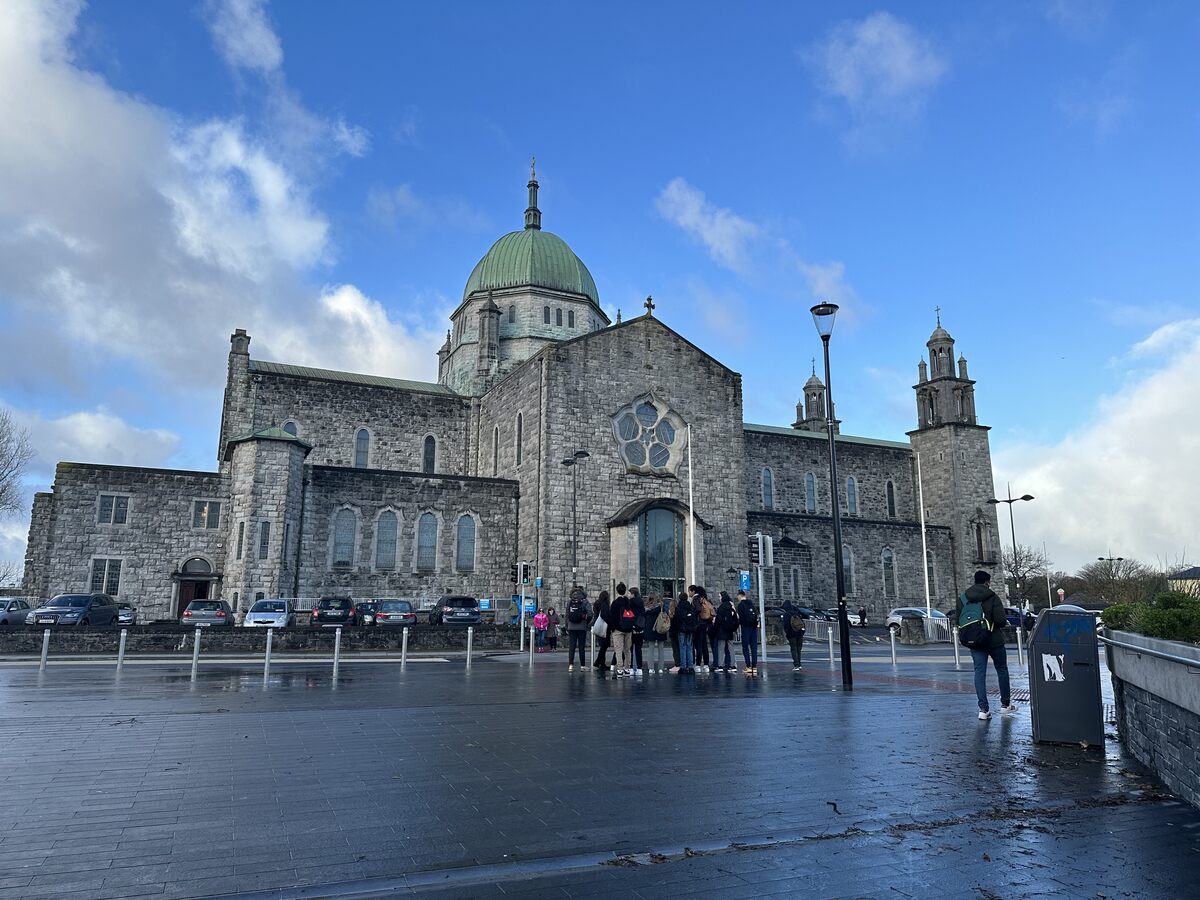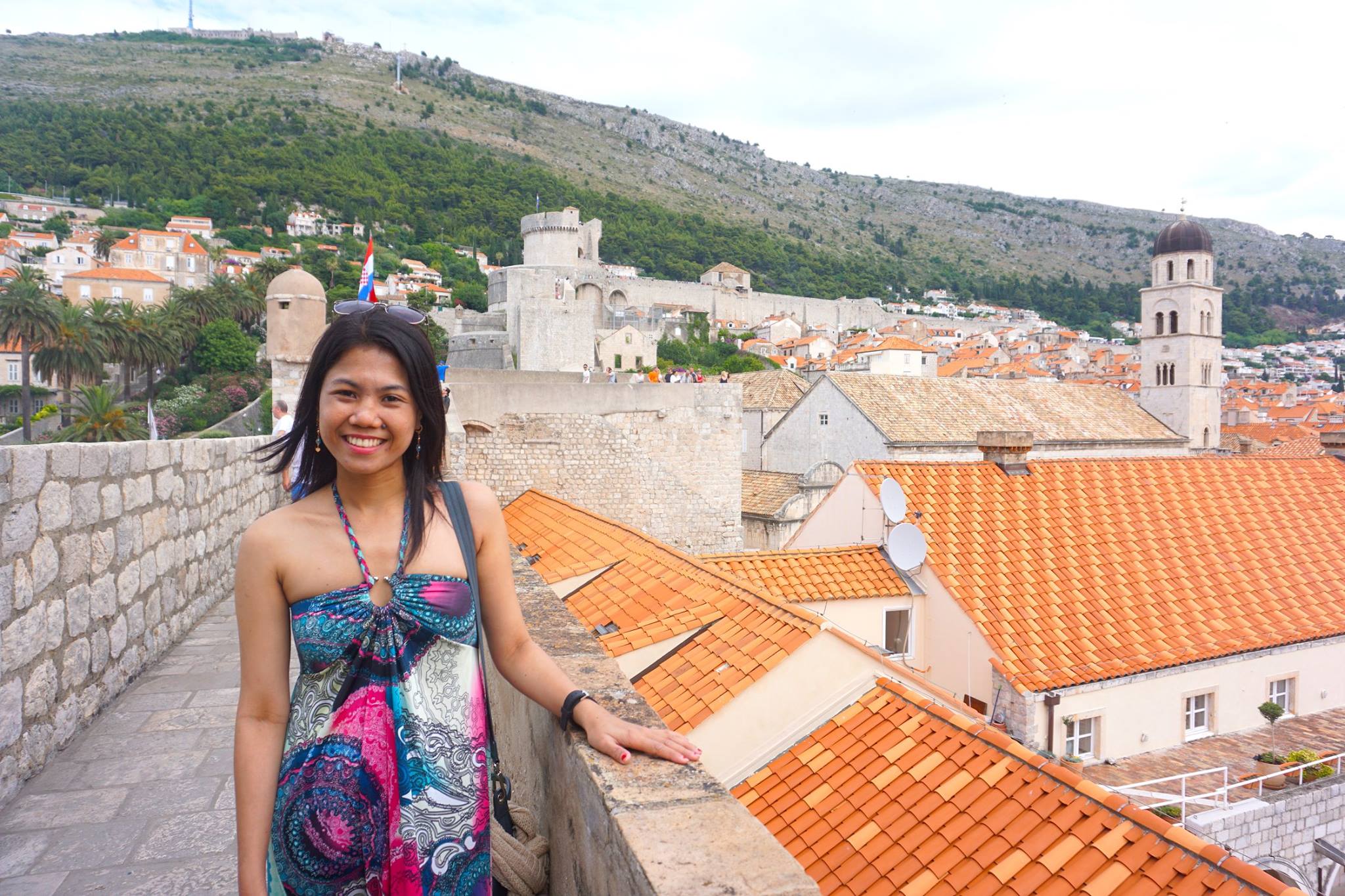Galway Cathedral is one of Galway’s largest and most imposing structures, situated on the west side of the River Corrib near Salmon Weir Bridge.
The church plays an important part in the history of Galway City with each stone used in building the cathedral was donated by the locals.
Officially known as the Galway Cathedral of Our Lady Assumed into Heaven and St. Nicholas, it was the last large stone cathedral completed in Europe.
The church boasts of an impressive interior, adorned with stunning art that range from wall paintings, statues, mosaics and stained glass.
Things you'll find in this article
The History of Galway Cathedral

Galway Cathedral , Image by Christine Rogador
The Catholic inhabitants of Galway, however, lost their freedom to publicly practice their faith after the Reformation in 1570.
Mass was held in private homes until a parish chapel was built in Middle Street around 1750. The parish church became the pro-cathedral of the diocese when it was established in 1831.
In 1876, a fund was established for the construction of a more suitable cathedral, which was gradually supported by subsequent bishops.
Mr. Eamon Corbett TD, chairman of Galway County Council, gave up the key to the abandoned Galway jail on Nuns Island to Bishop Michael Browne as a location for the projected new cathedral in 1941.
The old jail was demolished, and the new cathedral was designed by J.J. Robinson of Dublin in 1949.
The work on this magnificent structure began in 1958, but it was not completed until 1965, making it Europe’s youngest major stone cathedral.
This sacred sanctuary, dedicated jointly to Our Lady Assumed to Heaven and Saint Nicholas, patron saint of sailors and merchants, was consecrated on August 15, the same year.
The church’s remarkable craftsmanship and architecture surely live up to being “solid, dignified, and worthy of Galway.” The iconic octagonal dome of the church can be seen for miles.
The style draws influence from Renaissance, Romanesque, and Gothic traditions, and is often regarded as a somewhat eclectic structure.
What to see and do inside and near Galway Cathedral

The beautiful Galway Cathedral , Image by Christine Rogador
The Galway Cathedral is home to some magnificent art, and the surrounding area offers a variety of intriguing sites to visit and things to do in Galway. Some of them are as follows:
Take in the magnificient details
Walk on the marble flooring, gaze through the rose windows, or listen to the pipe organ of the cathedral.
Admire the art
Inside the Galway Cathedral, there are several visual wonders. The cathedral presents visitors to Galway’s vast legacy of Christian art, from Imogen Stuart’s statue of the Blessed Virgin to Patrick Pollen’s crucifixion mosaic and the wall paintings.
Pay a visit to Nora Barnacle’s House
Near Galway Cathedral is an interesting house by Nora Barnacle. Nora was the famous Irish author James Joyce’s wife. It’s recognized as Ireland’s smallest museum, with interesting images and artifacts displayed in a little 1800s home.
Enjoy a cruise on the River Corrib
This is one of the best things to do near Galway Cathedral, from which you may have a unique view of Galway’s finest attractions. It’s a more laid-back approach to see the city, and it’s especially romantic at sunset.
Visit the Spanish Arch and Galway City Museum

Spanish Arch Galway, Image by Christine Rogador
The Spanish Arch, one of the two remaining arches from the ancient front wall, is about a 10-minute walk from the cathedral.
The Galway City Museum, a modern glass edifice designed to reflect the city walls, is a short walk from the arch.
Galway‘s tradition, history, and archaeological gems are all featured in the museum’s permanent and temporary exhibitions.
[adinserter name=”Block 1″]

Hi, I’m Christine – a full-time traveler and career woman. Although I’m from the Philippines, my location independent career took me to over 60 countries for the past 12 years. I also lived in 4 continents – from the Caribbean, South East Asia, Africa and now in Europe. But despite living in several countries, my love for Ireland remains the same. A country that had been a part of my life since I was 14 because of my love for Irish music and bands. Ireland Travel Guides was born because of this passion and hopefully, in some little ways, this website will be able to help you on your next trip to Ireland.